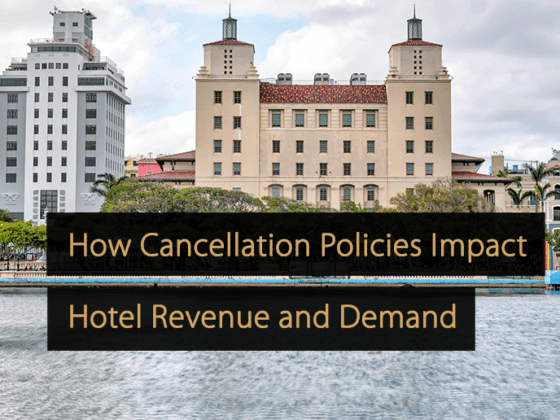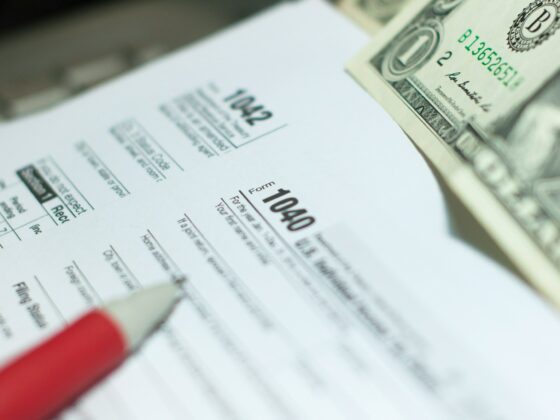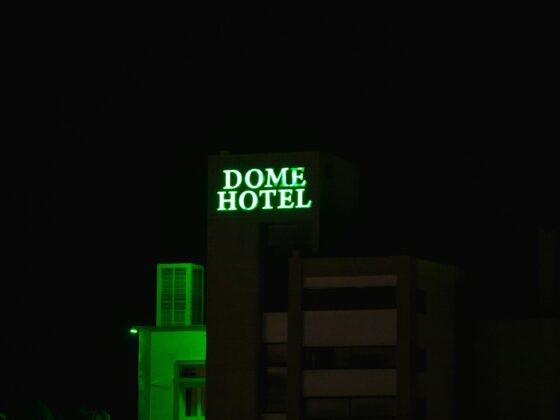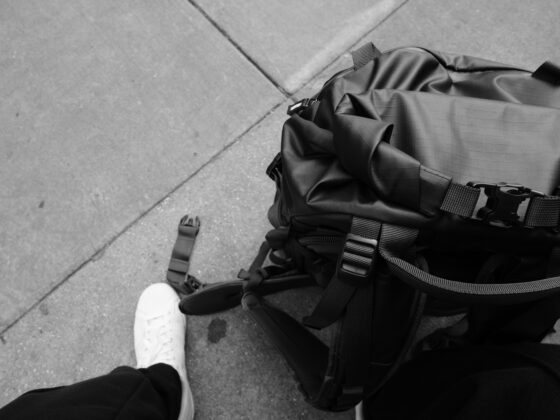Every hotel rate has a story. Some are mysteries — and many of those are cases of missing revenue.
According to a new Expedia Group survey of more than 2,000 hoteliers worldwide, almost all (98%) reported revenue loss in the past year due to rate misuse. Incidents of revenue loss occurred an average of eight times per month.*
The research comes from an investigation launched by Expedia Group — which has one of the largest B2B ecosystems for hoteliers in the world — to better understand and uncover the impacts of a fragmented wholesale distribution landscape. It was conducted in the USA, Canada, Mexico, UK, France, Germany, Australia, and Japan, spanning a range of hotel sizes — independent hotels, small groups, and mid-size and large chains.
At its origin, a hotel rate is clear and controlled. The hotel revenue manager carefully aligns it with the hotel’s strategy and seasonal demand, prepping it for prospective travelers. But the moment it leaves that entry point, the trail quickly branches into a maze of separate paths. A single rate can move through online travel agencies (OTAs), wholesalers, redistributors, and bed banks — multiplying touchpoints and opening the door for misuse. According to the research, more than half (52%) of the hoteliers surveyed now work with four to six connected distribution partners, opening access to hundreds, if not thousands, of indirect channels.
As the research shows, rates are vulnerable in such a vast network. Rates may be marked up incorrectly, misapplied, or sold where they were never meant to appear. Our investigation was launched to answer an urgent question: Where does complexity in the B2B ecosystem open the door to this rate misuse and put hotel revenue at risk?







